We may earn money or products from the companies mentioned in this post. This means if you click on the link and purchase the item, I will receive a small commission at no extra cost to you ... you're just helping re-supply our family's travel fund.
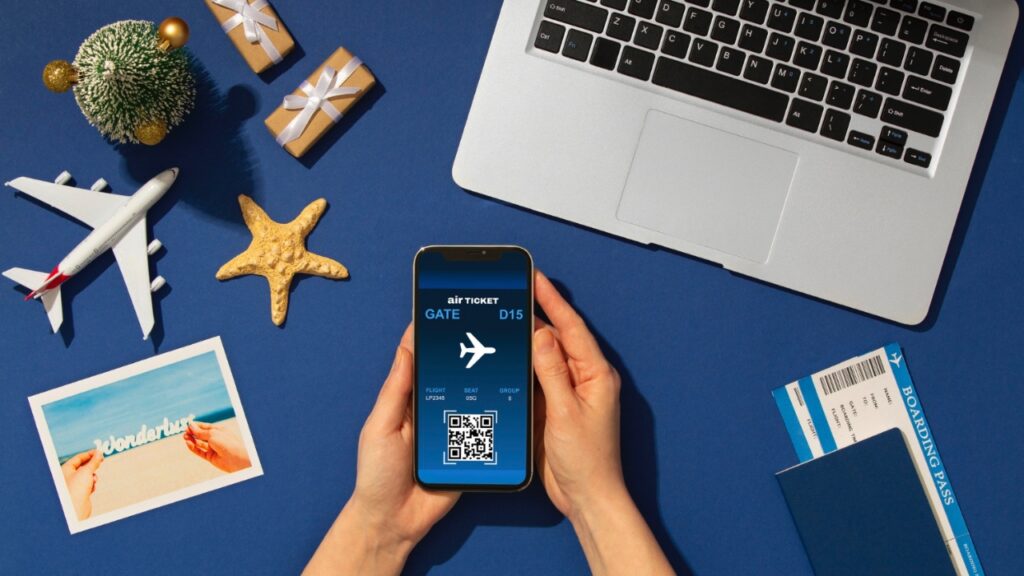
For decades, the promise of a “free” flight has been the holy grail of travel, a reward for your loyalty to a single airline. We’ve all played the game, diligently collecting miles from flights and credit card swipes, watching our balances grow with dreams of an exotic vacation. But lately, that dream feels further away. The goalposts keep moving, and the miles you’ve so carefully saved don’t seem to stretch as far. This isn’t just a feeling; it’s a fundamental shift in how airlines operate, and it’s changing the value of your loyalty.
1. Airlines Are No Longer Just Airlines
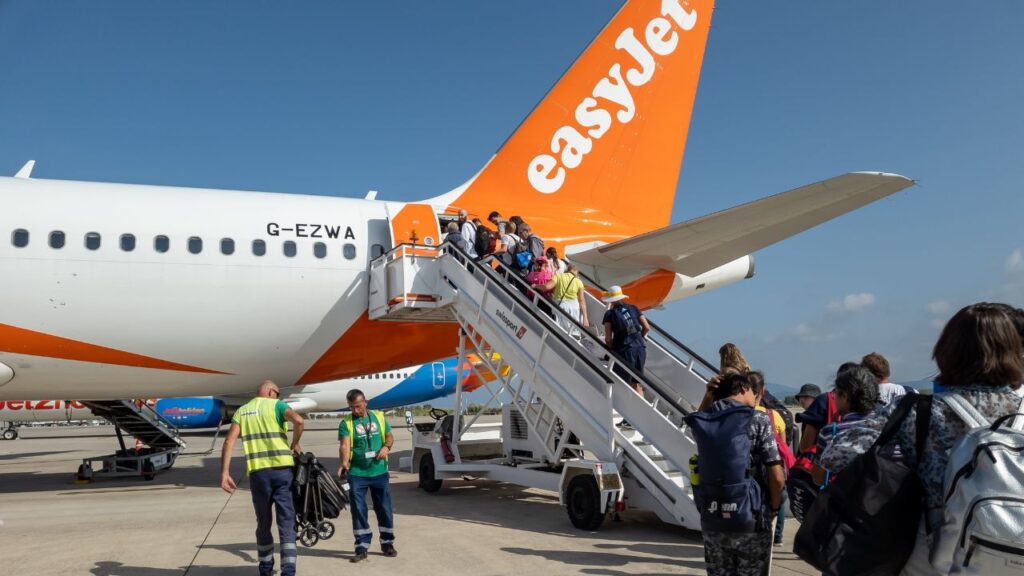
The most crucial thing to understand is that major airlines have become, as one expert put it, “credit card companies with wings.” Loyalty programs now generate billions in annual revenue for carriers like Delta and American, sometimes representing over 10% of their total income. They make immense profits by selling miles to banks, who then distribute those miles to you through credit card spending. This part of the business is often more stable and profitable than actually flying planes.
2. The Shift to Dynamic Pricing
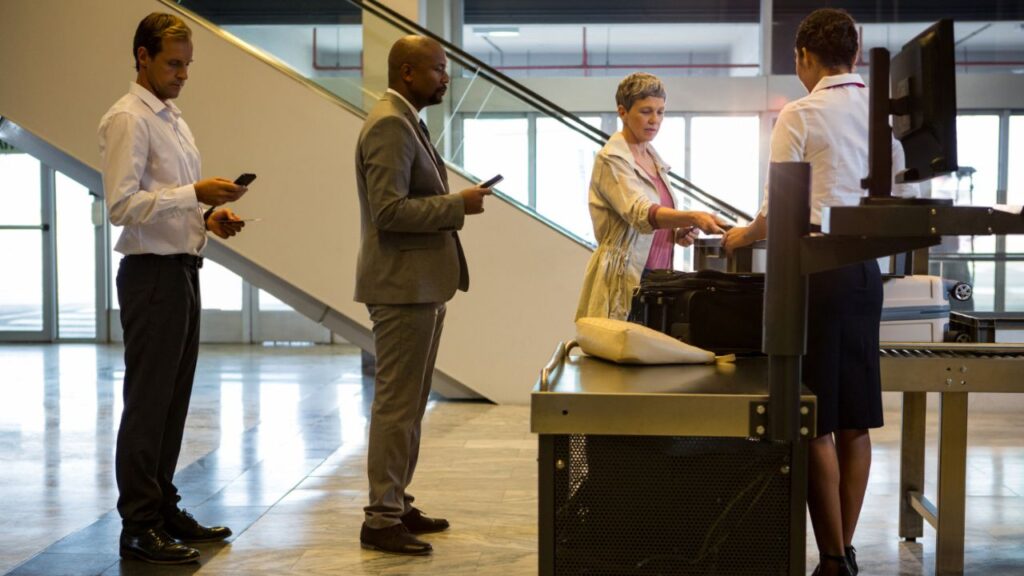
The old system was predictable: a domestic flight cost a fixed 25,000 miles. Now, nearly all major airlines use “dynamic pricing,” where the number of miles needed for a flight fluctuates just like a cash price. It is tied to demand, the season, and how full the plane is. This means that during the holidays or summer vacation, when you most want to use your miles, the cost can skyrocket. That “free” ticket suddenly requires a monumental number of miles, if it’s available at all.
3. Devaluation by a Thousand Cuts
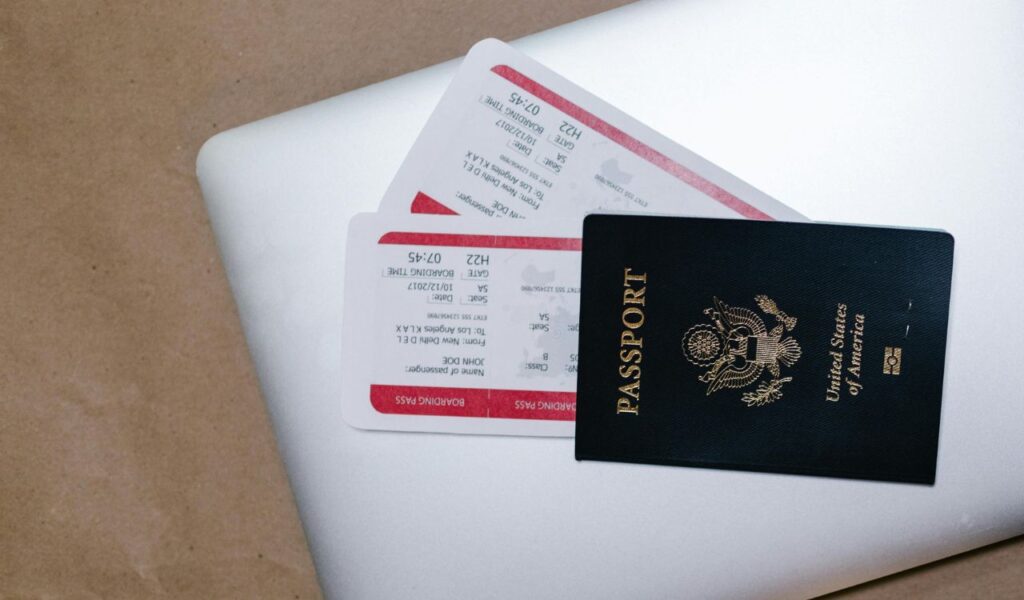
Airlines can, and frequently do, devalue their miles without any warning. They do this by simply increasing the number of miles required for flights overnight. That business-class ticket to Europe that you were saving 80,000 miles for might suddenly cost 110,000 miles tomorrow. Because airline miles are a currency that the airline prints itself, they can change the “exchange rate” whenever it benefits their bottom line, effectively eroding the value of your hard-earned savings.
4. The Incredible Shrinking Award Availability
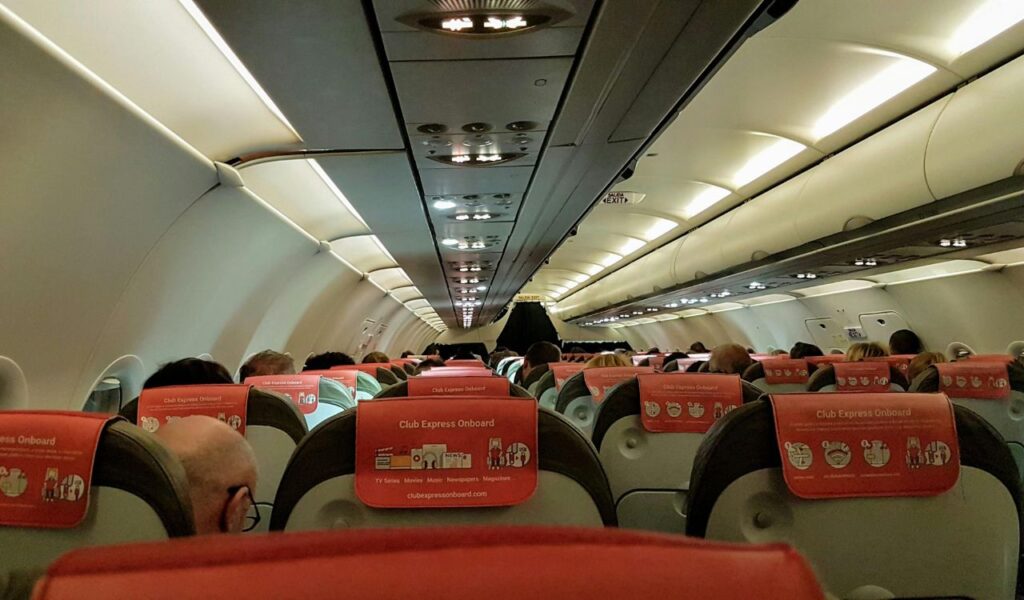
Even if you have a mountain of miles, finding a seat can be a frustrating challenge. Airlines have complete control over how many seats on any given flight are made available for award bookings. In recent years, especially on popular international routes, carriers have been quietly reducing this award inventory. They would much rather sell that seat for cash, leaving you with a stash of miles and nowhere to spend them. This manufactured scarcity is a key way they protect their profits.
5. Status Is Harder to Earn and Less Rewarding
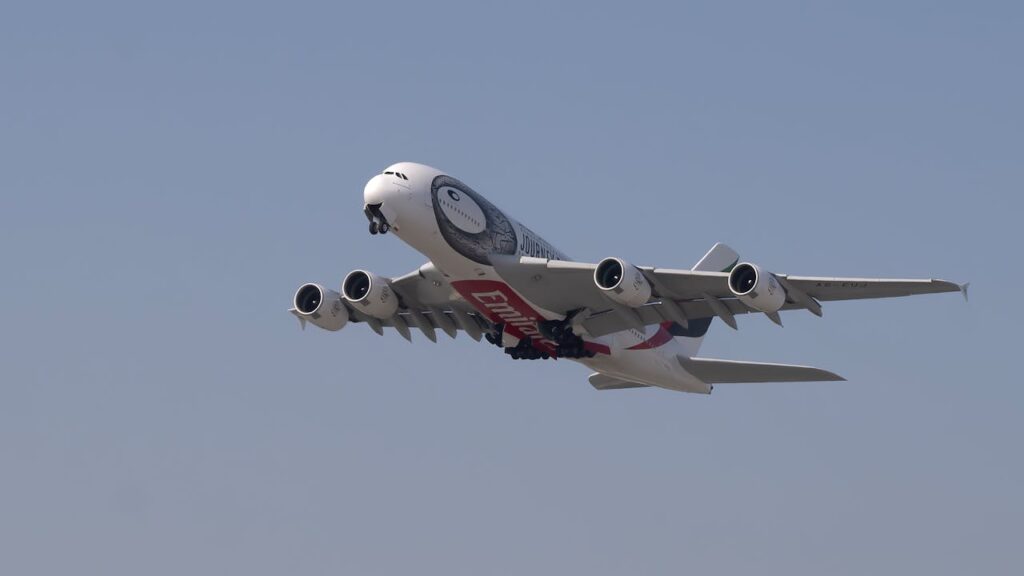
Earning elite status used to be a straightforward calculation based on how many miles you flew. Now, it is almost entirely about how much money you spend. Airlines have shifted to revenue-based qualification systems, meaning you have to spend a significant amount of cash with the airline each year just to earn basic perks. For the average traveler who isn’t flying weekly for business, achieving meaningful status through flying alone has become nearly impossible.
6. The Rise of the “Coupon Book” Credit Card

To justify the rising annual fees on their co-branded credit cards, airlines have started adding a dizzying array of “perks” that are often incredibly difficult to use. You might get a monthly credit for a specific rideshare service or a discount on a niche hotel booking platform you’ve never heard of. Many of these benefits go unused by the average cardholder, while the airline has already collected a higher fee from you and locked in your loyalty for another year.
7. Lounge Access Is No Longer a Given
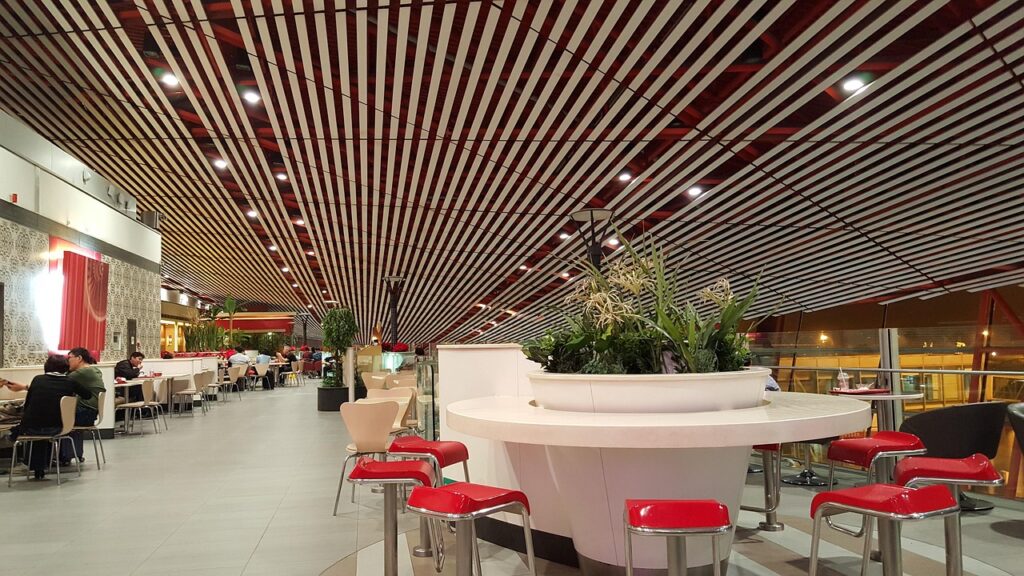
Airport lounge access was once a hallmark of the frequent flyer experience, a quiet escape from the chaos of the main terminal. Now, that perk is being steadily eroded. To combat what they call “overcrowding,” airlines have placed new limits on lounge access, even for some of their own elite members and premium credit card holders. What was once a guaranteed benefit has become a less certain perk that you often have to pay more to access.
8. Your Miles Are a Liability on Their Balance Sheet
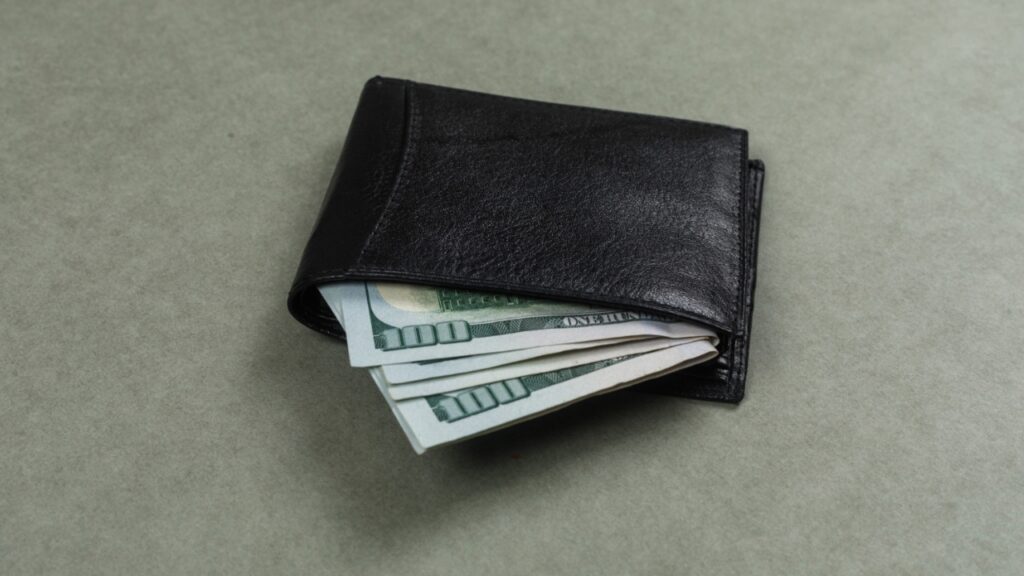
Airlines are required to list unredeemed frequent flyer miles as a liability on their financial statements. They represent a future travel service that the airline owes you. It is therefore in their best interest to encourage you to redeem your miles for lower-value items like magazine subscriptions or gift cards, or to let them expire unused. It’s estimated that trillions of airline miles go unredeemed globally, which becomes pure, “free” money for the airlines.
9. They Profit From the “Breakage”
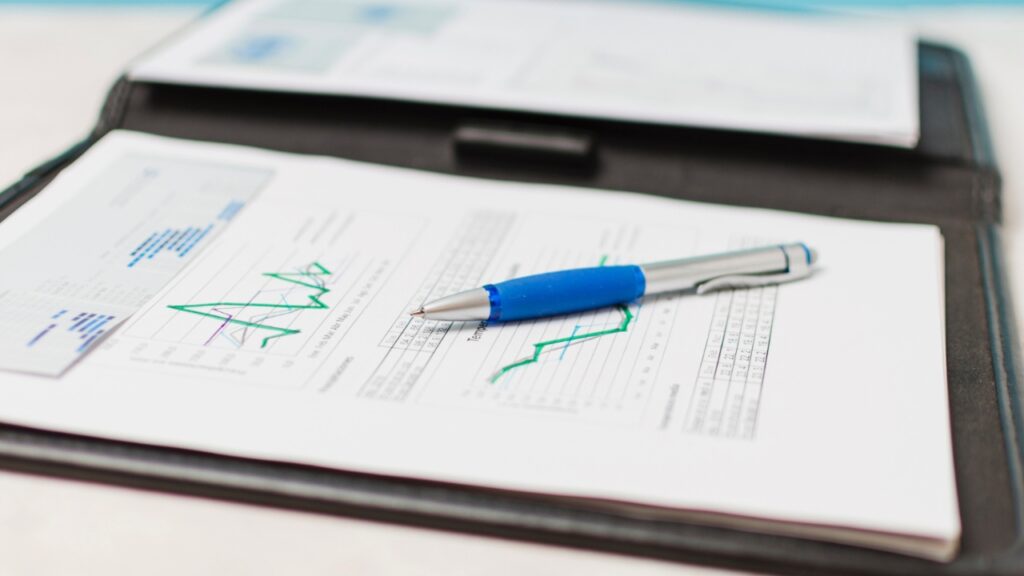
“Breakage” is the industry term for points and miles that are earned but never actually used. Airlines rely on it. They know that many people will sign up for a credit card, earn a big sign-on bonus, but never accumulate enough additional miles to book a significant trip. The airline keeps the millions it made from selling those initial miles to the bank, without ever having to provide an actual flight in return. It’s a system designed to profit from inaction.
10. The Game Is Now “Earn and Burn”
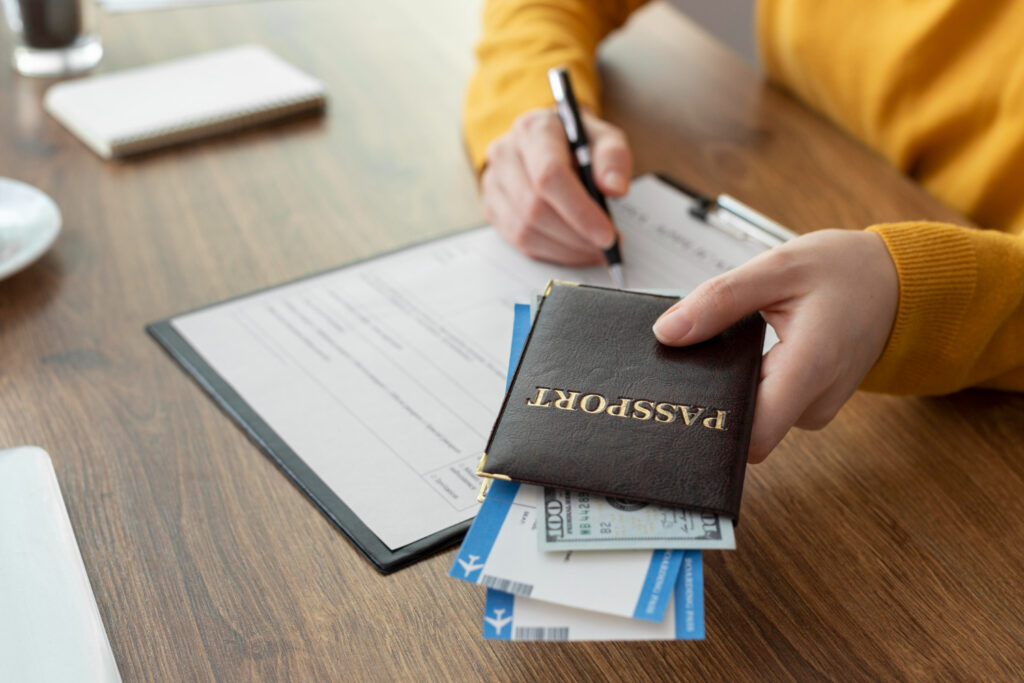
The old strategy of hoarding your miles for years, saving up for a massive, once-in-a-lifetime trip, is becoming increasingly risky. Because of the constant, unannounced devaluations, your miles are a depreciating asset, like a car driving off the lot. The modern, savvy approach is to “earn and burn”—use your miles as you get them for whatever travel makes sense in the near future. Holding onto them is a near-guarantee that they will be worth less when you finally use them.